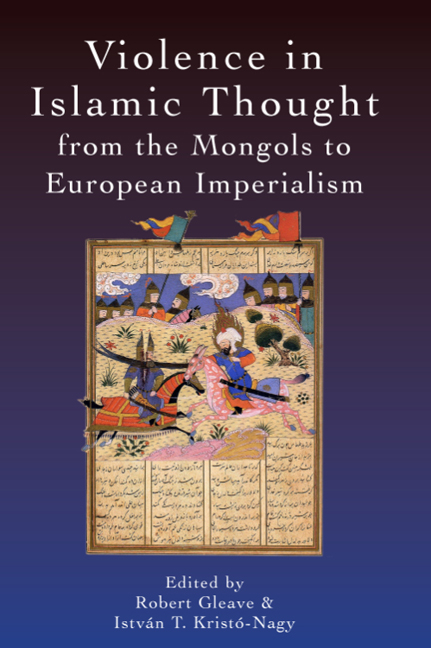12 - Warrant For Genocide? Ottoman Propaganda Against the Qizilbash
Published online by Cambridge University Press: 06 May 2021
Summary
The hostility between the Ottoman and Safavid dynasties arose in what was – to a degree – a shared cultural space, with the consequence that winning the allegiance of the populations of Anatolia and Azerbaijan, and identifying their followers and enemies within them, was a major concern of both dynasties. During the wars of the sixteenth century, the Ottoman sultans attempted to exploit the precarious loyalties of the ḳızılbaş amīrs and their retinues in Iran, while the Safavid shahs attempted to foment rebellion among the ḳızılbaş villagers and tribesmen in Ottoman Anatolia, who professed allegiance to the shah. The Ottoman solution to the ḳızılbaş problem was to persecute suspect groups and execute their leaders, and to try to eradicate the sect altogether by defeating and killing the shah in battle: the mirage of a second battle of Chaldiran was constantly before the sultan's eyes. The goal, in effect, was to eliminate the shah and his followers.
This required a definition of the ḳızılbaş heresy that would identify its adherents, justify their persecution and legitimise war against their leader, the Safavid shah. This undertaking was not entirely straightforward since the shah and his adherents professed to be Muslims, and the beliefs and rituals of ḳızılbaş-ism must have had much in common with the doctrines and practices of other heterodox groups in Anatolia that presented no threat to Ottoman dynastic rule. It was, furthermore, hard to justify warfare against Muslims and difficult to counteract the shah's charisma and appeal to popular religious sentiments. It was equally difficult to motivate soldiers, many of whom harboured ḳızılbaş sympathies, to fight either against the shah himself or against his followers within Ottoman borders.
The first person to provide a coherent definition of the heresy was, it seems, the otherwise unknown mufti Sarı Görez. His fatwa, apparently issued for Selim I before the Chaldiran campaign of 1514, is important, since it is likely that at the time of its issue the Ottoman authorities had little idea of what the ḳızılbaş actually believed, and Sarı Görez was the first to enumerate the ways in which they deviated from orthodoxy:
1. They deride the sunna and sharī‘a of the Prophet.
2. They declare ḥarām to be ḥalāl.
3. They despise and burn the Qur’ān and books of fiqh.
4. They insult the ‘ulemā and the pious.
5. They destroy mosques.
- Type
- Chapter
- Information
- Publisher: Edinburgh University PressPrint publication year: 2018



